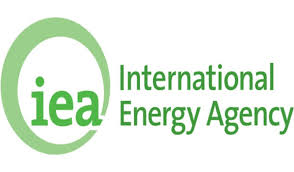10th edition of its World Energy Investment Report:

The International Energy Agency (IEA) released the 10th edition of its World Energy Investment Report, revealing critical insights into worldwide energy investment trends.
- Global energy investment is projected to reach a record USD 3.3 trillion. Of this, clean energy technologies will attract USD 2.2 trillion, twice the investment in fossil fuels (USD 1.1 trillion).
- This surge reflects efforts to cut emissions, enhance energy security, and leverage the cost competitiveness of electricity-based solutions.
- Global spending on low-emissions power generation has nearly doubled in five years, led by solar PV, with solar investment expected to reach USD 450 billion in 2025. Battery storage is also rising sharply, surpassing USD 65 billion this year.
- Nuclear power investment has grown by 50%, projected to reach USD 75 billion in 2025.
- India’s renewable power investment rose from USD 13 billion (2015) to USD 37 billion (2025).
- Fossil fuel investments also increased, from USD 41 billion to USD 49 billion, while nuclear and other clean sources grew from USD 1 billion to USD 6 billion.
- However, grid and storage investments declined from USD 31 billion to USD 25 billion over the same period.
Regional Investment Patterns: - China is set to account for over 25% of global energy investments in 2025, surpassing all other countries.
- Overall, China’s total energy spending equals that of the US and EU combined.
- Africa: Fossil fuel investments fell while clean energy investment grew marginally.
- Despite having 20% of the world’s population, Africa accounts for only 2% of global clean energy investment.
- Investment in oil exploration and production is expected to drop by 6% in 2025, while LNG investments are rising sharply, driven by major projects in the US, Qatar, and Canada.
- Coal investment stays strong, with China starting 100 GW of new coal power in 2024, pushing global approvals to the highest since 2015.
- While generation investment is set to hit USD 1 trillion in 2025, grid spending lags behind at just USD 400 billion.
- This gap is widening as material costs for grid infrastructure have nearly doubled in five years due to soaring demand.




